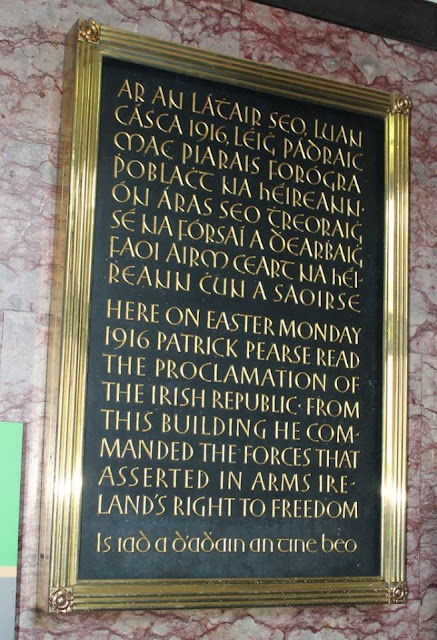The act of reflecting is one of my favourite past times these days. The term "reflection" is derived from the Latin term reflectere -- meaning "to bend back." Reflecting is not a touchy – feely condition but serves more as the bridge between experiences and learning.
Reflecting
about what I do with my life is one of them. I have found myself a routine that
I am comfortable with and a set of friends who bring joy. I am continually developing
the talents that I have and sharing them with others.
I
was at a conference recently and one of the speakers asked ‘If money were not a
problem, what would you like to do with your life?’
We
were all supposed to come up with an answer in a minute. Some would like to
stop working immediately and pursue their hobbies, buy a yacht, build a mansion
or go on a world tour. In short, to live a life that is very different from the
present. Such is what dreams are made of.
I
thought about it. My answer was: I wouldn’t change a thing.
Then
I went home and thought about it again.
Surprisingly,
my answer was still the same. I wouldn’t change a thing.
Reflecting
about what I do with my roles is also another area that I constantly explore.
My private roles as a wife and mother take precedence over my public roles.
Being a mother generates the image of a very long journey – sometimes there are signposts, sometimes there are none. Florida Scott-Maxwell says, no matter how old a mother is, she watches her middle-aged children for signs of improvement.
In
I received a pocket book of anecdotes from my daughter, aptly entitled, ‘Keep Calm for Mums’ that I find most interesting.
Most mothers are well aware that there comes a time when your children don't think you are very smart anymore.
They may tease you about texting with one thumb or get impatient when they have to explain to you how to download music into your iPod. (again). They roll their eyes when you do not say things that are politically correct or feel mortified when you enjoy sharks fin soup while the rest of the world campaigns for animal rights. They are surprised when you actually know who Kafka is or even had a combo microwave oven once. The type that could bake cakes with a nice brown top.
They think you are myopic in matters of the heart and exclusive relationships. They think you are old-fashion and your values are archaic. In fact you could very well be the dinosaurs that didn’t quite make it into Noah’s
Actually, that is nothing new under the sun. There was once when I felt that I knew more than my mother and was irritated when her perception of life did not quite match the philosophical thoughts that I had acquired at university. But now upon looking back, just like how Abraham Lincoln felt, all that I am or ever hope to be, I owe to my angel mother.
Recently, my son who is an avid photographer sent me 2 pictures of Irish monuments that he had shot but forgotten what they were. I told him that they are Glenstal Abbey in
His response took me by surprise.
‘Mum, you are so smart’, he texted back.
Reflection
is a beautiful thing
This article was originally printed in the NEW STRAITS TIMES MALAYSIA http://digital.nstp.com.my/nst/books/160501nstnews/index.html#/23/
















